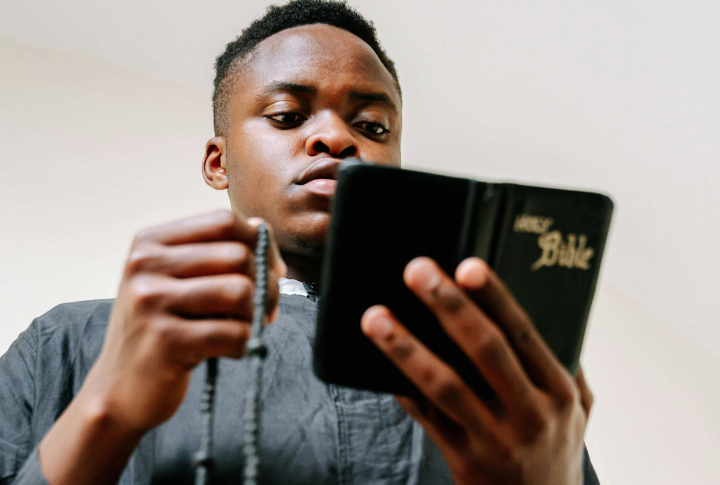
Catholic culture is rich with traditions and practices that can seem mystifying to outsiders. These elements hold deep meaning for the faithful, be it specific rituals or unique customs. Let’s explore 20 of these unique Catholic quirks and why they are cherished by those who practice them.
Regularly Making the Sign of the Cross
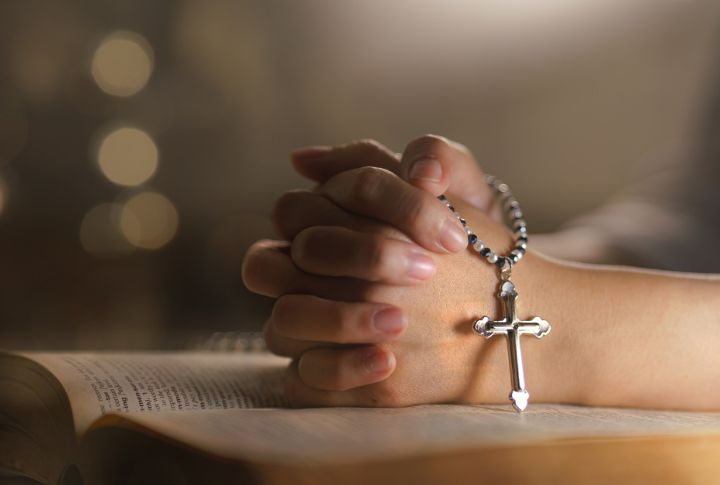
Making the sign of the cross is a powerful gesture of faith and protection. Catholics often perform this action when entering or leaving a church, before prayer, and during blessings, symbolizing their belief in the Holy Trinity and seeking divine guidance.
No Meat On Fridays
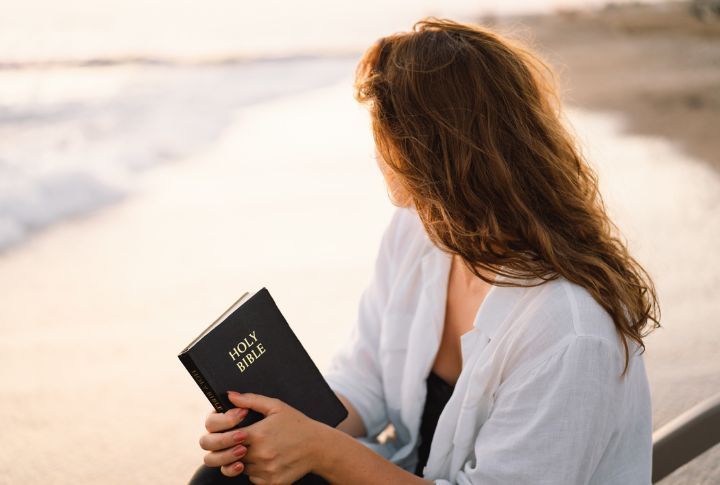
Abstaining from meat on Fridays, especially during Lent, is an act of penance and remembrance of Jesus’ sacrifice. This practice fosters a sense of discipline and community among believers, encouraging them to reflect on their faith and commitment.
Carrying Holy Water
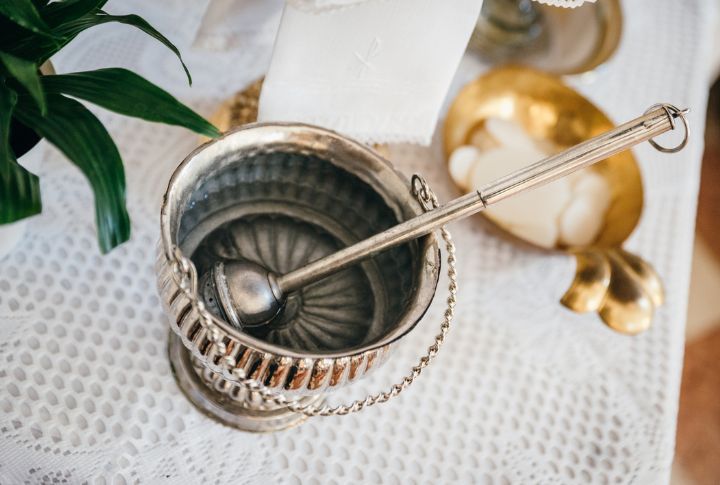
Holy water, blessed by a priest, is used for protection and blessing. Catholics might carry small bottles to sprinkle on themselves, their homes, or even their vehicles, believing that it helps to ward off evil and bring spiritual benefits.
Going on Pilgrimages

Pilgrimages to sacred sites are journeys of faith and devotion. These trips, whether to local shrines or distant holy places, serve as a means of spiritual renewal and connection to the divine, offering participants a chance to deepen their faith and seek spiritual solace.
Naming Children After Saints
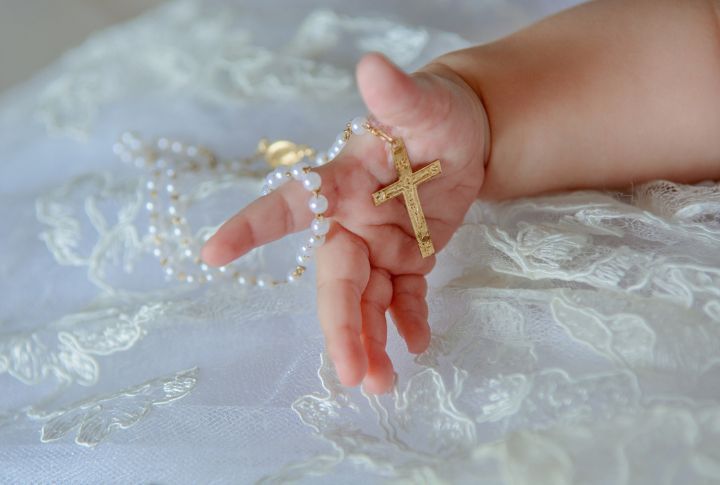
Choosing a saint’s name for a child provides a spiritual role model and patron. This tradition hopes that the child will emulate the virtues of the chosen saint and invoke the saint’s protection and guidance throughout the child’s life.
Genuflecting
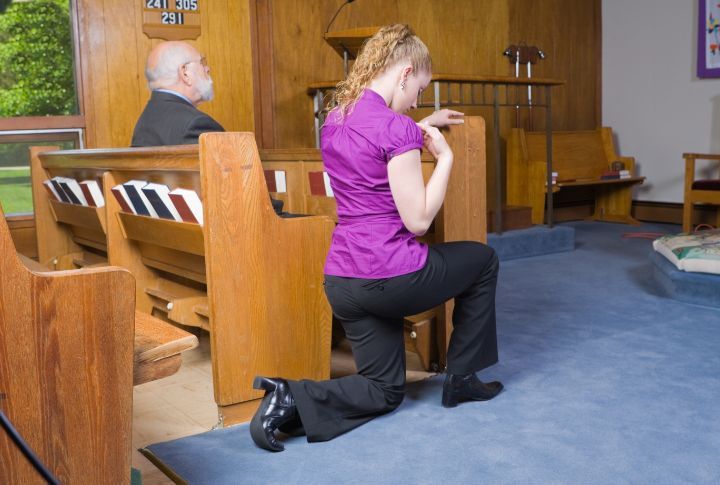
Bending the knee in reverence, especially before the Blessed Sacrament, signifies deep respect and worship. This gesture acknowledges Jesus’ presence in the Eucharist and is a physical expression of humility and devotion.
Liturgical Colors
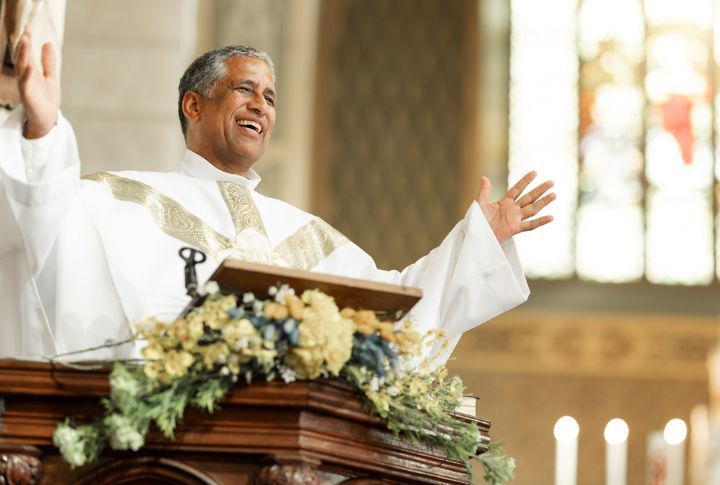
Different colors worn by priests during Mass signify various liturgical seasons and celebrations. These colors, such as purple for Lent and Advent or white for Christmas and Easter, enhance the spiritual experience by visually representing the themes of the Church calendar.
Frequent Processions

Religious processions through streets or around church grounds are public displays of faith. They often commemorate saints, feast days, or important events in the Church’s calendar, bringing the community together in a shared act of devotion and celebration.
Praying Before Every Meal

Catholics offer prayers of thanksgiving before eating, acknowledging God’s provision. This simple act fosters gratitude and mindfulness in daily life, reminding the faithful of their reliance on God’s blessings.
Keeping Rosaries in Strange Places
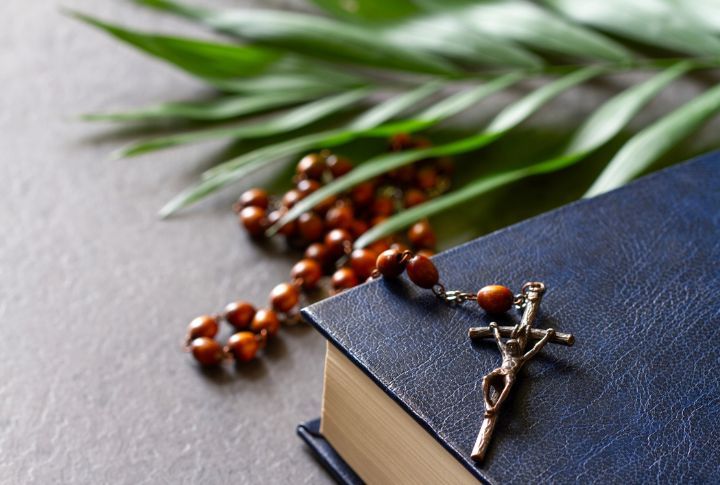
Rosaries might be found hanging on rearview mirrors, tucked into pockets, or even under pillows. This practice ensures that the faithful can easily reach for this powerful prayer tool anytime, allowing them to incorporate prayer into their daily routines seamlessly.
Wearing Saint Medals
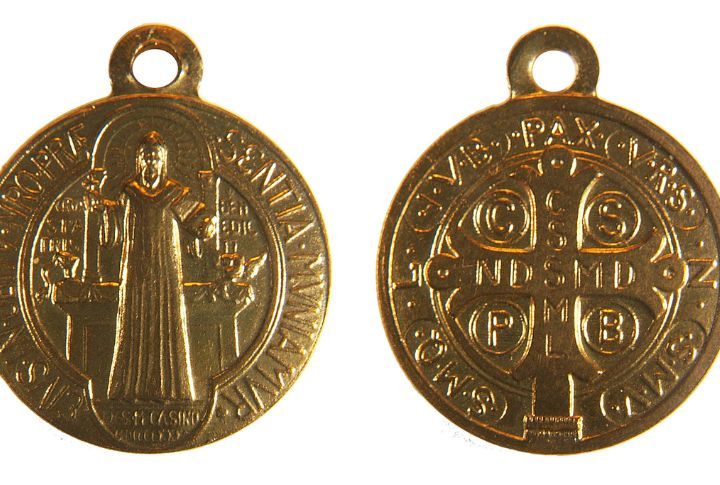
Many Catholics wear medals depicting their patron saints around their necks. These medals are a constant reminder of the saint’s intercession and protection and symbolize the wearer’s faith and devotion.
Prioritizing Confession
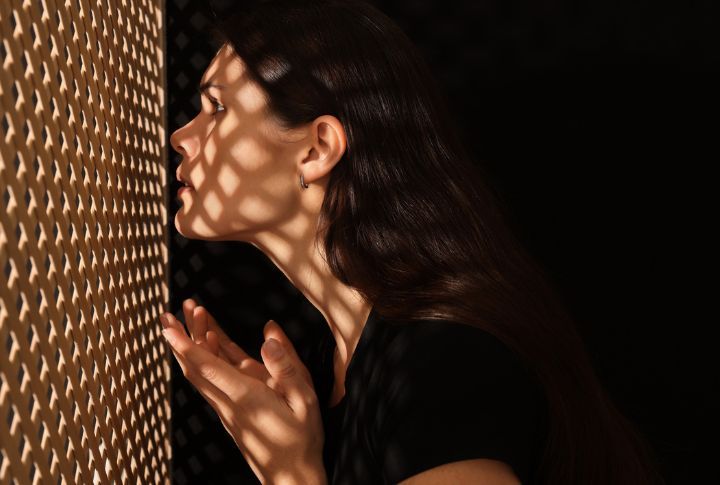
Regular confession is a cornerstone of Catholic life, where believers seek forgiveness for their sins. This sacrament provides spiritual cleansing and renewal, reinforcing the importance of accountability and the mercy of God.
Sunday Obligations
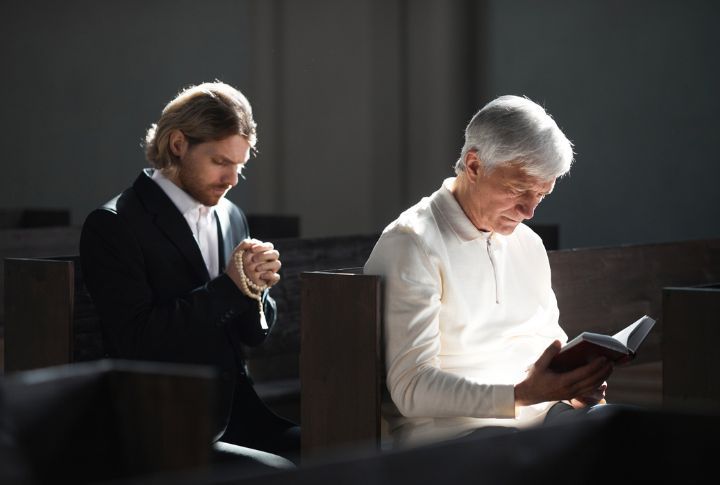
Going for Mass on Sundays and holy days of obligation is fundamental to the Catholic faith. This weekly commitment emphasizes the importance of communal worship and the observance of the Sabbath as a day dedicated to God.
Fasting An Hour Before Mass
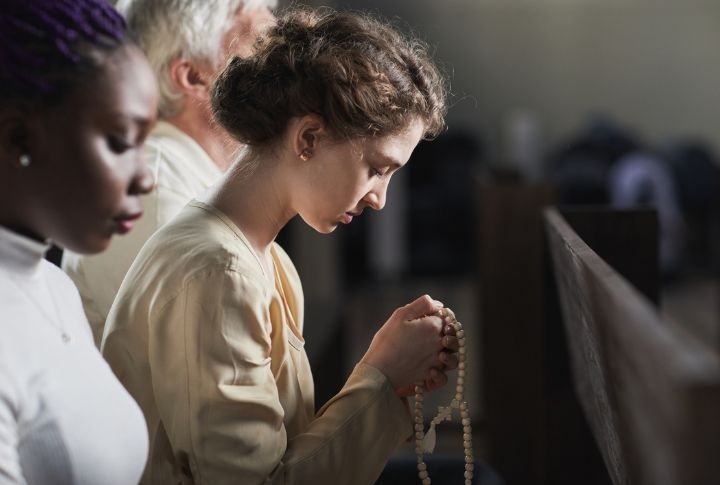
Before receiving Communion, Catholics are required to fast for at least one hour. This act of discipline and reverence prepares the faithful to receive the Eucharist with a pure heart and focused mind.
Strange Holy Relics
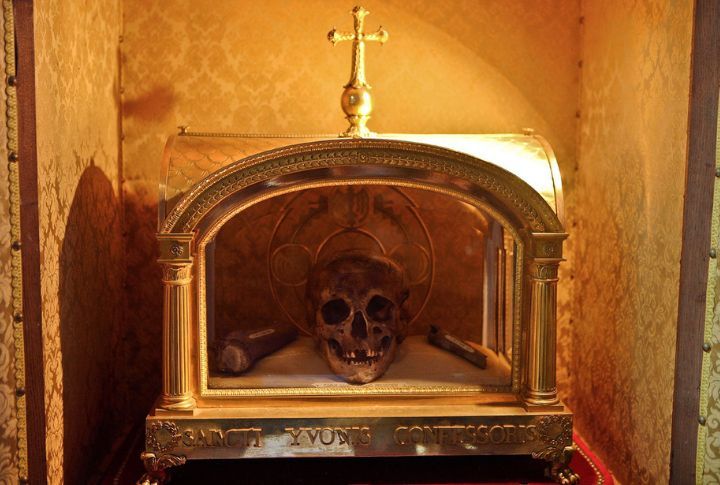
Venerating relics, such as bones or personal items of saints, can seem odd to outsiders. These relics are cherished for their connection to holy figures and are believed to bring blessings and miracles to the faithful.
Epiphany Chalk

On the feast of Epiphany, many Catholics use blessed chalk to mark their doorways with the year and the initials of the Magi. This tradition seeks to bless the home and its inhabitants for the coming year, invoking the protection and guidance of the Magi.
Saying Hail Mary

The Hail Mary prayer is a central component of Catholic devotion. Reciting this prayer honors the Virgin Mary and seeks her intercession, reflecting deep reverence for her role in salvation history.
Missionary Work

Catholics are often involved in missionary work, spreading the Gospel and serving the needy. This commitment to evangelization and charity underscores the Church’s mission to witness Christ’s love in the world.
Receiving Ashes on Ash Wednesday

On Ash Wednesday, Catholics receive ashes on their foreheads in the shape of a cross. This ritual marks the beginning of Lent, a season of penance and reflection, reminding the faithful of their mortality and need for repentance.
Penance Starts at Birth

Catholics are taught the importance of penance and self-discipline from an early age. This lifelong practice instills a sense of spiritual responsibility and the value of making amends, shaping their approach to faith and morality.

